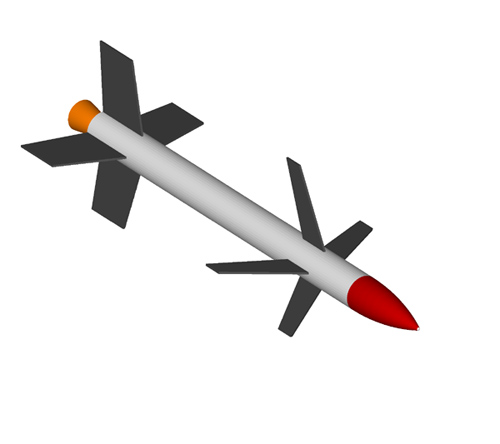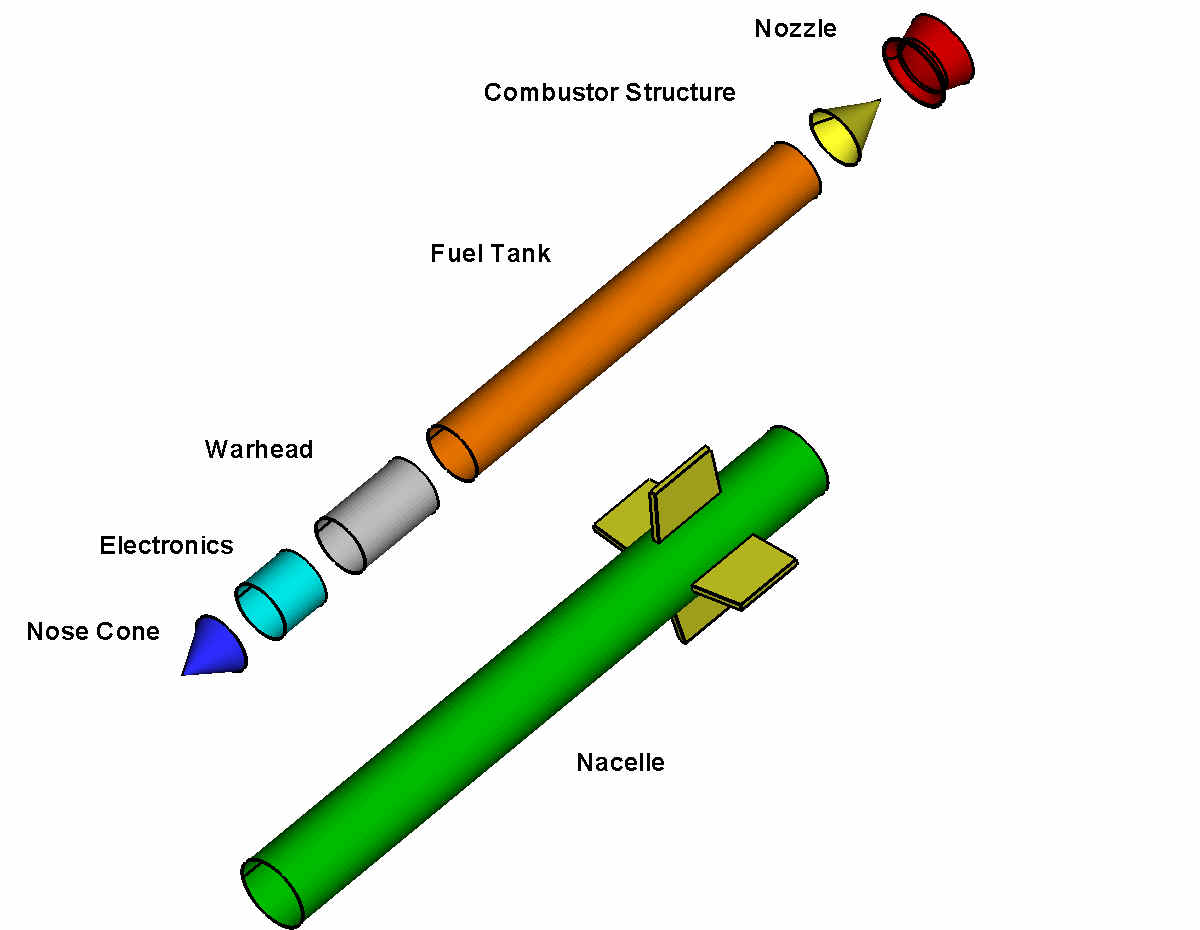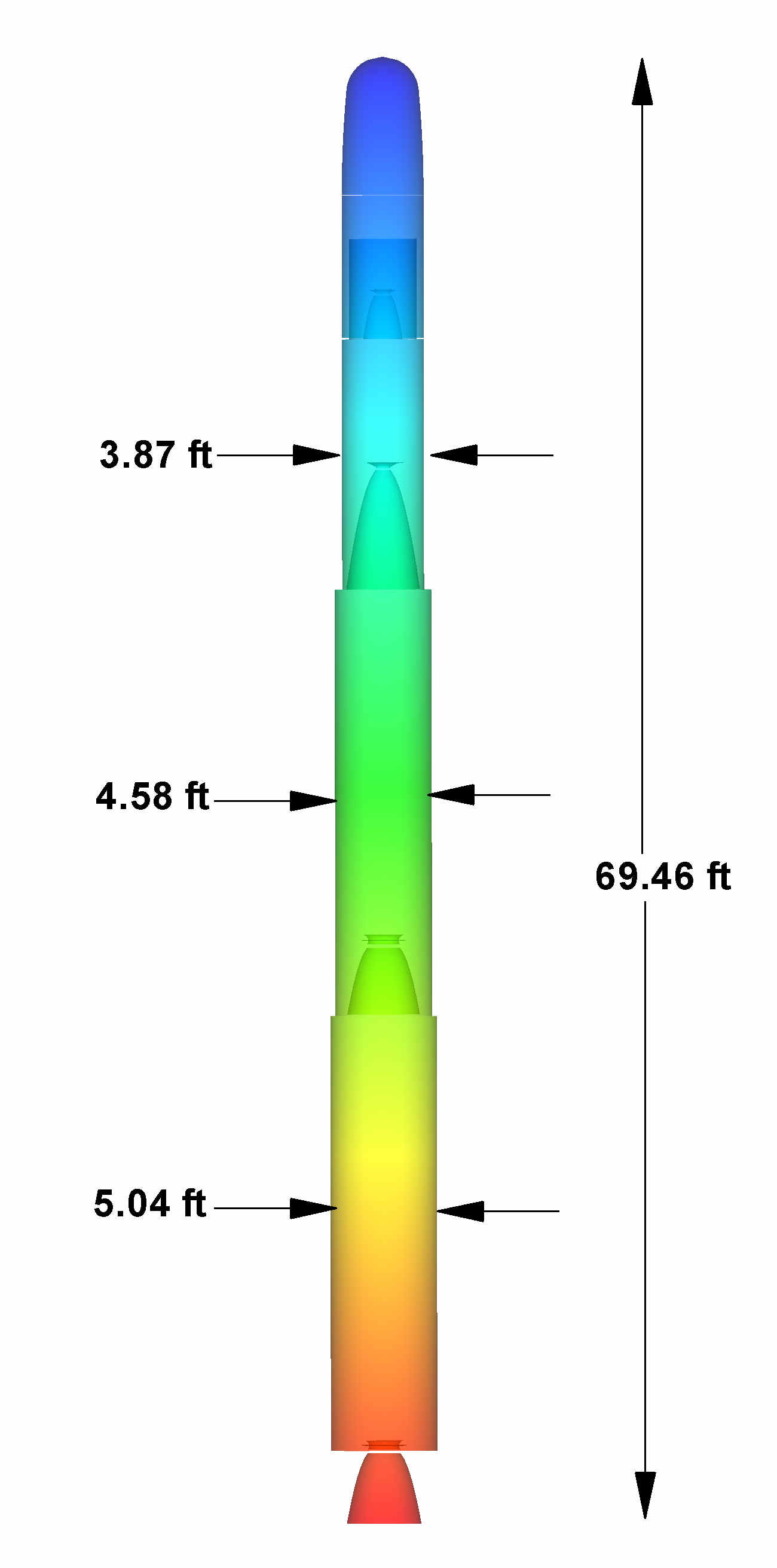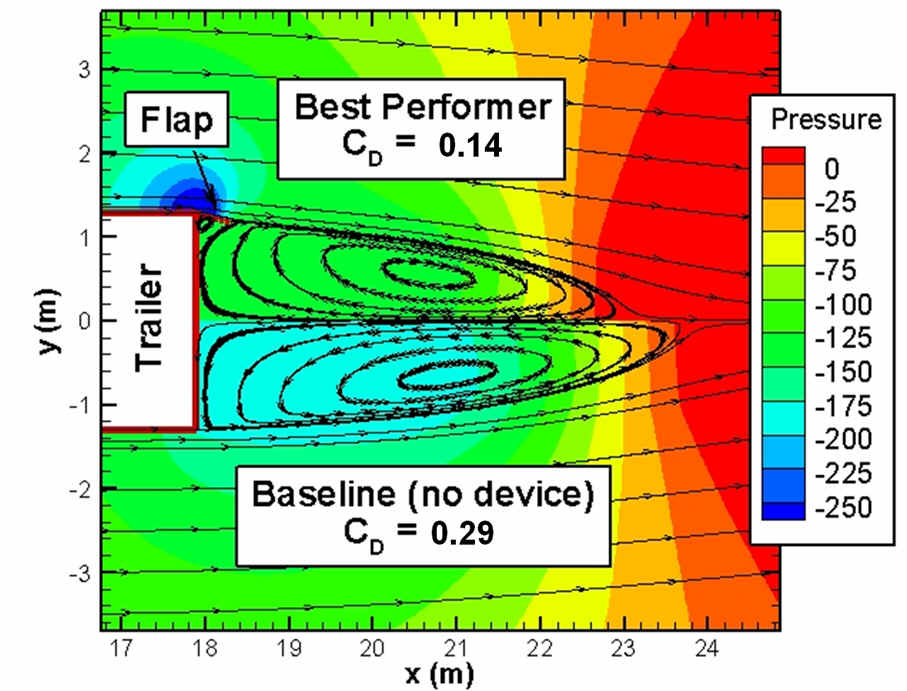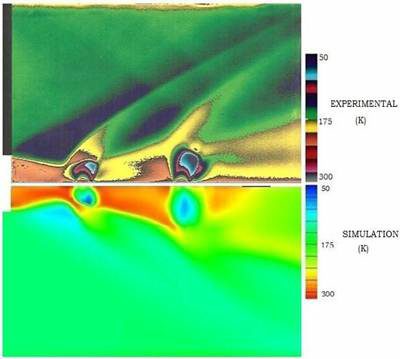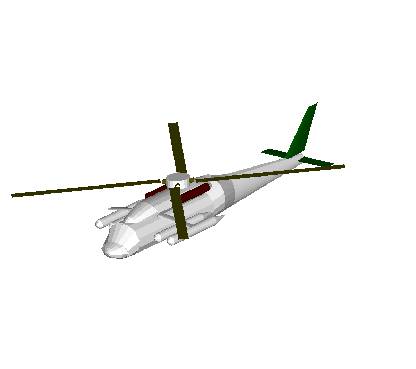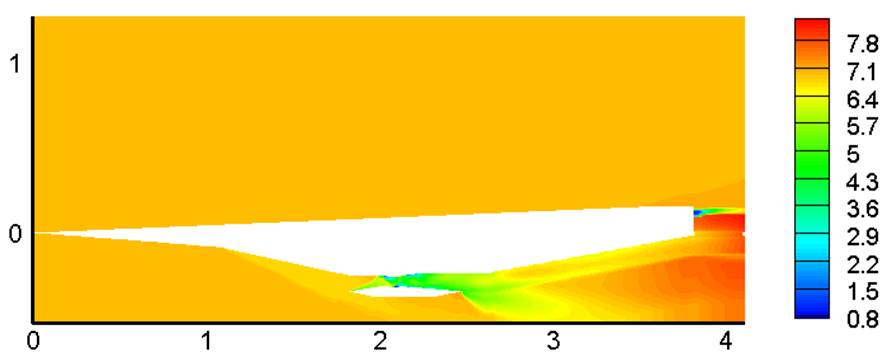Roy J. Hartfield, Jr.Woltosz Professor, Aerospace EngineeringResearch
Solid Rocket Motor Systems
Ramjet Systems
Liquid Rocket Systems
Earth to Orbit Launch Systems Major Douglas Bayley finished his dissertation in 2007 under the direction of Dr. Hartfield and has authored a paper along with Dr. Hartfield, Dr. John Burkhalter and Dr. Rhonald Jenkins on the topic launch system optimization. The paper was presented April 23, 2007 at the AIAA Multidisciplinary Optimization Conference in Honolulu, Hawaii. Additionally, an ongoing effort to investigate aero-assist during early launch has lead to promising results.
During 2006-2008, Christoph Burger and Roy Hartfield developed a drive mechanism which allows variable pitch propellers to automatically operate with near constant torque settings over a wide range of forward flight conditions. This concept was described in a paper presented at the 25th AIAA Applied Aerodynamics meeting in Miami, FL in June, 2007. This technology is particularly attractive to the small sport aircraft market and to the growing UAV industry. A Canadian company, Aerovate, has licensed this technology and is developing products based on the technology for both of these important markets. An image of the AU developed prototype is shown below.
Christoph Burger completed a PhD student in Aerospace Engineering in 2007 pursuing a project to optimize the propulsion system and air frame for an organic aerial vehicle (OAV). This effort has included an excursion into the field of wind turbines and a spin-off of this effort will include a tool for optimizing full scale aircraft propellers. The technical approach used in this effort has been to model the performance of propeller and wind turbine blades using vortex lattice theory and then allow a genetic algorithm to select an optimum design by selecting blade geometry parameters and driving the vortex lattice code to produce performance data for candidate designs. Some sample results from a paper presented at the 4th AIAA Energy Conversion Conference in San Diego, CA in June 2006 on the topic of wind turbine optimization are shown below. In this figure, the wake of an optimized wind turbine blade is depicted.
The Aerospace Engineering Department at Auburn University is involved in an ongoing effort to fundamentally advance the design process for highway tractor trailer rigs by including design optimization tooling directly in the aerodynamic shape design process. This activity is taking a unique step forward for tractor trailer design by coupling performance evaluation using Computational Fluid Dynamics (CFD) with a genetic algorithm (GA). Sample results obtained in collaboration with Josh Doyle and Dr. Chris Roy are shown below.
A significant effort involving wind tunnel testing of specially designed models to determine the drag induced by any given protuberance has been developed and is ongoing as necessary to support the Air Force special forces C-130 aircraft development. A paper describing the methods used in this effort was presented at the AIAA Aerospace Sciences meeting in Reno NV in January 2005.
In fall 2007, Auburn University was asked by NASA’s Constellation Program to participate in a synergistic effort to make an independent assessment of CEV/CLV Ares I ascent turbulent flow pressure fluctuations with an initial emphasis on the pressure fluctuation levels. High levels of turbulent pressure fluctuations near critical areas of the vehicle, which are associated with high dynamic pressures, are of great concern during the initial two minutes of a typical launch trajectory. The problem can be considered to have three major components. First, the prediction of the overall pressure fluctuation level and identification of the areas of greatest fluctuations are matters of fundamental importance. Second, the frequency content of the turbulent pressure fluctuation phenomena is of critical importance because of the potential coupling between the fluid mechanics and the vehicle structural vibrations. Structural resonance conditions can lead to disastrous consequences for the structure and must be avoided. Third, the instantaneous spatial distribution of the pressure fluctuations is needed for realistic predictions of structural vibrations. This synergistic effort has been divided into three time periods of work with the first time period devoted to the assessment of the overall turbulent pressure fluctuation levels.
X-43 Validation Case Back to Dr. Hartfield's Web Page
|
|
Honors and Awards | Professional Development Activities Research Interests | Selected Publications| Courses |

